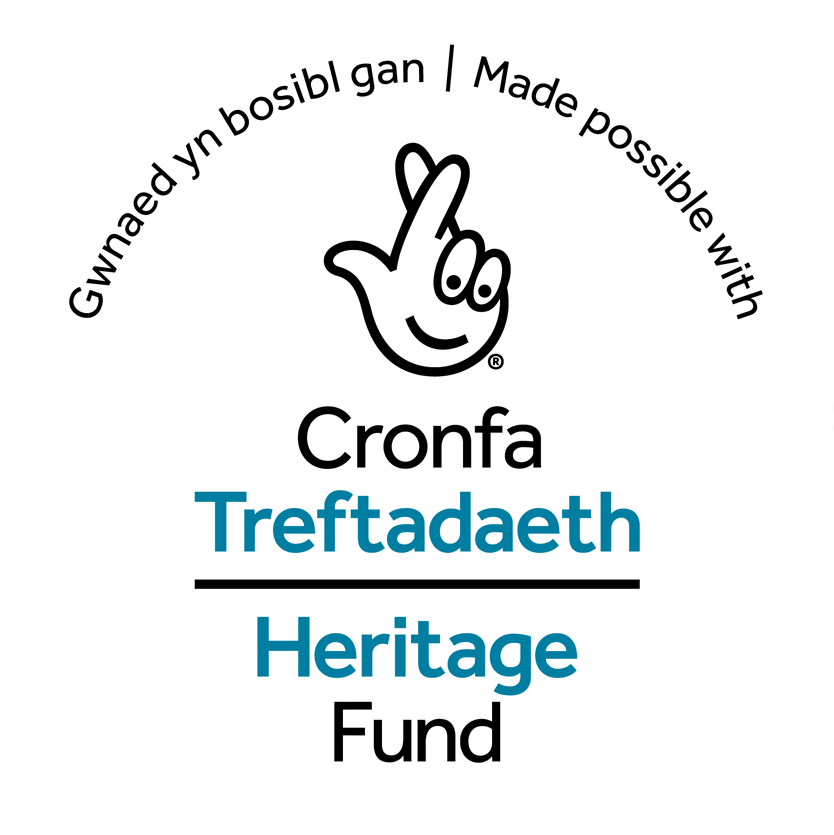“When you look around Greenhill today, the streets, the gardens, the faces, you’ll see traces of something deeper than geography. You’ll see connection. Movement. Roots stretching across the sea. Because this part of Swansea has always been shaped by migration – especially from Ireland.”
In the 1800s, waves of Irish immigrants came to South Wales, fleeing famine, poverty, and oppression. Many arrived with nothing, just the clothes they wore, and hope for work in the booming coal and copper industries.
Greenhill, with its cheap housing and proximity to the docks and factories, became home to thousands of Irish families. By 1849, an estimated 10% of Swansea’s population was Irish-born, most of them living in this very area.
Life wasn’t easy. The Irish faced deep prejudice, and were often blamed for disease, crime, and unrest. They were accused of “bringing cholera,” of driving down wages, of overcrowding the city. Newspapers of the time used language we’d now call shocking and offensive. But still, they persevered.
The Irish community brought with them their faith, resilience, music, language, and labour. They built roads and railways. They filled the churches, especially St David’s Catholic Church, just down the road. They taught their children to survive. To speak English. To pray in Gaelic.
During the cholera outbreaks, Irish names filled the burial lists. Some died just days after arriving. Others were born here, only to face the same hardship their parents had fled.
But in the middle of the fear and prejudice, there were also voices of compassion. You’ve already met one of them, Father Charles Kavanagh, himself an Irish priest, who walked these streets during the 1849 epidemic and buried hundreds in the cholera pit behind you.
Decades later, Greenhill was struck again, not by disease this time, but by war.
In February 1941, the Swansea Blitz devastated the city. Over three nights, Nazi bombs rained down on Swansea. Over 230 people were killed. Hundreds injured. Thousands left homeless.
Greenhill took a direct hit. St Matthew’s Church, once a proud presence on this hill, was severely damaged by incendiary bombs. Its roof collapsed. Its stained-glass windows shattered. The surrounding streets were rubble.
And yet, in the days that followed, the community rallied. People offered shelter to strangers. Local priests gave last rites among the ruins. Volunteers cooked meals in battered kitchens. The spirit of Greenhill, born from centuries of hardship, rose again from the ashes.
In the years that followed, the church was repaired. The gardens were rebuilt. And new generations of Welsh and Irish families continued to shape this area, just as they do today.
So, when we talk about heritage in Greenhill, we’re not just talking about buildings or burials. We’re talking about layers of belonging, the Irish woman who sold fish on High Street, the Welsh father who worked the furnaces, the child who learned both accents and played in the rubble of the Blitz.
Their blood runs through these stones. Their laughter once filled these streets. And through this garden – their memory is honoured.
Greenhill is not a perfect place. But it is a beautiful one. Because it tells the story of what happens when resilience, faith, and community refuse to be extinguished – no matter the storm.


